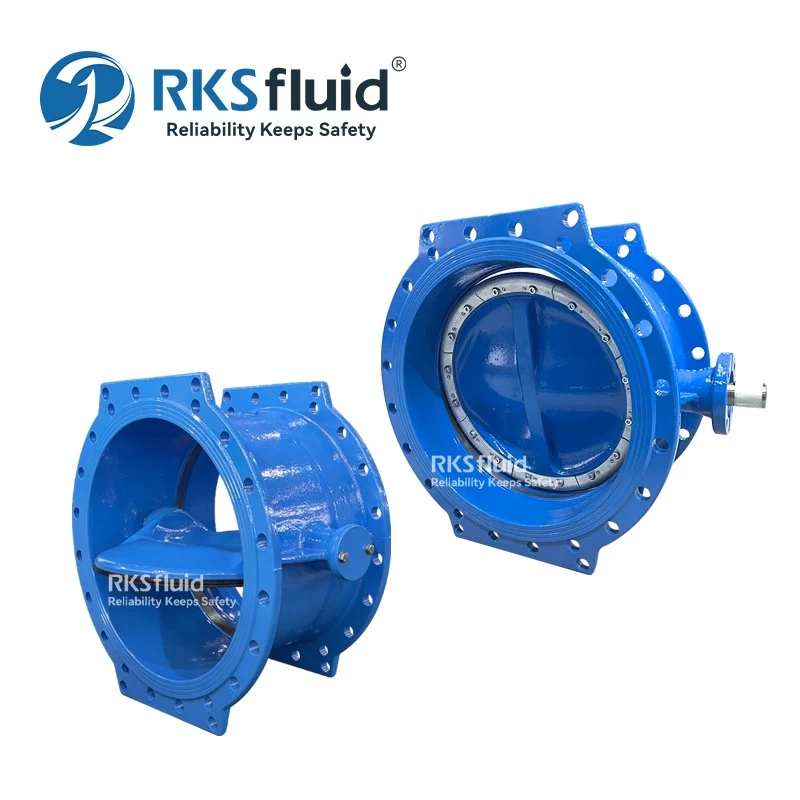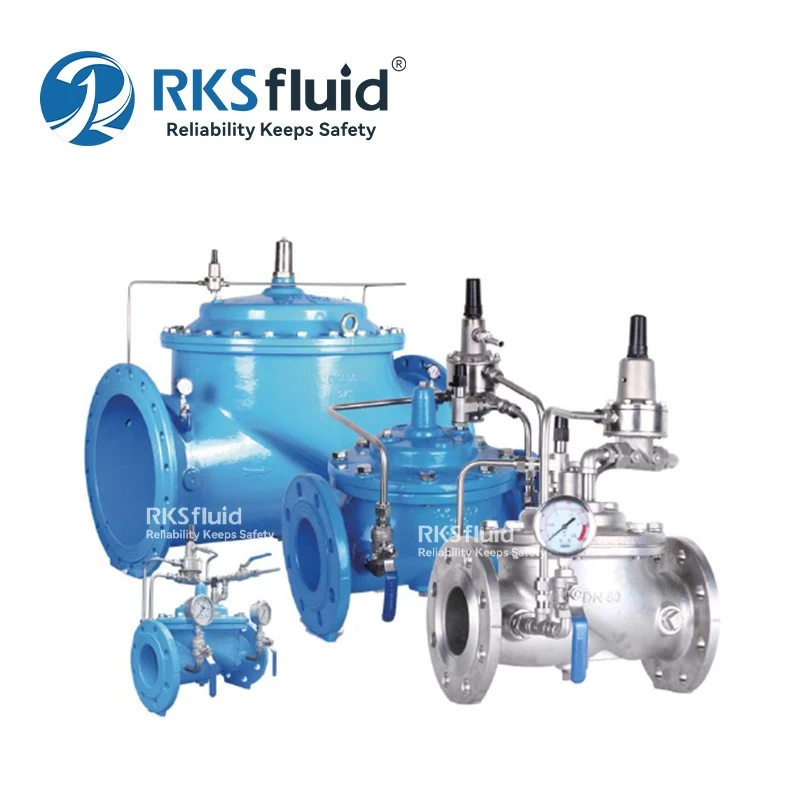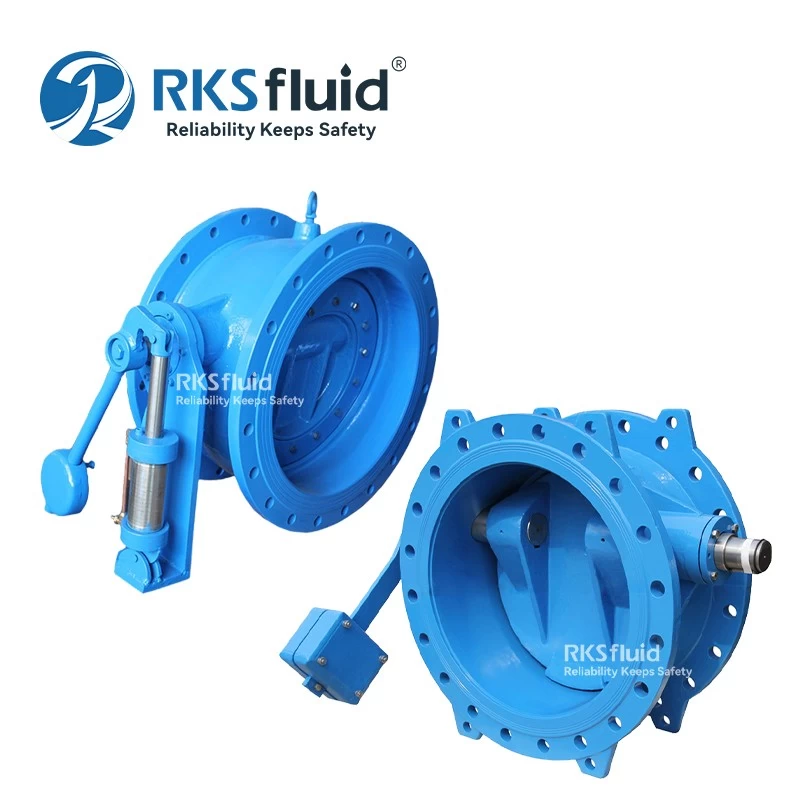- Main Product
- Contact Us
-
RKSfluid Flow Control Company
Web: www.rksfluid.com
Tel: +86 24 2318 0188
Fax: +86 24 2318 0788
Mail: info@rksfluid.com Contact Now
- Subscribe
-
Get email updates on new products
News
Valve selection basis and selection guide
Valve selection basis and selection guide
There are two general characteristics of the valve, the use characteristics and structural characteristics.
Use characteristics: It determines the main performance and scope of use of the valve. It belongs to the valve characteristics: valve category (closed valve, regulating valve, safety valve, etc.); product type (gate valve, globe valve, butterfly valve, ball valve, etc.) The material of the main parts of the valve (valve body, valve cover, valve stem, valve disc, sealing surface); valve transmission mode.
Structural characteristics: It determines the structural characteristics of the valve installation, repair, maintenance and other methods. The structural characteristics are: the structural length and overall height of the valve, and the connection form with the pipe (flange connection, thread connection, clamp connection, External thread connection, welded end connection, etc.); form of sealing surface (insert ring, thread ring, surfacing, spray welding, valve body); valve stem structure (rotating rod, lifting rod).
Valve selection steps:
1. Identify the use of the valve in the equipment or installation and determine the operating conditions of the valve: applicable media, working pressure, operating temperature, etc.
2. Determine the nominal diameter and connection method of the pipe connected to the valve: flange, thread, welding, ferrule, quick loading, etc.
3. Determine the way to operate the valve: manual, electric, electromagnetic, pneumatic or hydraulic, electrical linkage or electro-hydraulic linkage.
4. According to the medium, working pressure and working temperature of the pipeline, determine the material of the casing and internal parts of the valve: gray cast iron, malleable cast iron, ductile iron, carbon steel, alloy steel, stainless acid-resistant steel, copper alloy, etc.
5 Select the type of valve: closed valve, regulating valve, safety valve, etc.
6. Determine the type of valve: gate valve, globe valve, ball valve, butterfly valve, throttle valve, safety valve, pressure reducing valve, steam trap, etc.
7. Determine the parameters of the valve: For automatic valves, determine the allowable flow resistance, discharge capacity, back pressure, etc. according to different needs, and then determine the nominal diameter of the pipe and the diameter of the seat hole.
8. Determine the geometry of the selected valve: structural length, flange connection and size, dimensions of the valve height direction after opening and closing, bolt hole size and number of connections, and overall valve dimensions.
9. Use the available information: select the appropriate valve product for the valve catalog, valve product samples, etc.
Valve selection basis:
1. The purpose of the selected valve, the operating conditions and the control method.
2. The nature of the working medium: working pressure, working temperature, corrosion performance, whether it contains solid particles, whether the medium is toxic, whether it is flammable, explosive medium, viscosity of the medium, etc.
3. Requirements for valve fluid characteristics: flow resistance, discharge capacity, flow characteristics, seal rating, etc.
4. Installation dimensions and dimensions: nominal diameter, connection to the pipe and connection size, dimensions or weight restrictions.
5. Additional requirements for the reliability, service life and explosion-proof performance of the valve. (When selecting parameters, note that if the valve is to be used for control purposes, the following additional parameters must be determined: method of operation, maximum and minimum flow requirements, pressure drop for normal flow, pressure drop at shutdown, maximum and minimum inlet for valve pressure.)
According to the above-mentioned basis and steps of selecting the valve, the internal structure of each type of valve must be well understood in order to properly and correctly select the valve, so that the correct choice can be made for the preferred valve. The final control of the pipe is the valve. The valve opening and closing member controls the flow pattern of the medium in the pipe. The shape of the valve flow path allows the valve to have a certain flow characteristic, which must be taken into account when selecting the most suitable valve for the pipe system.











